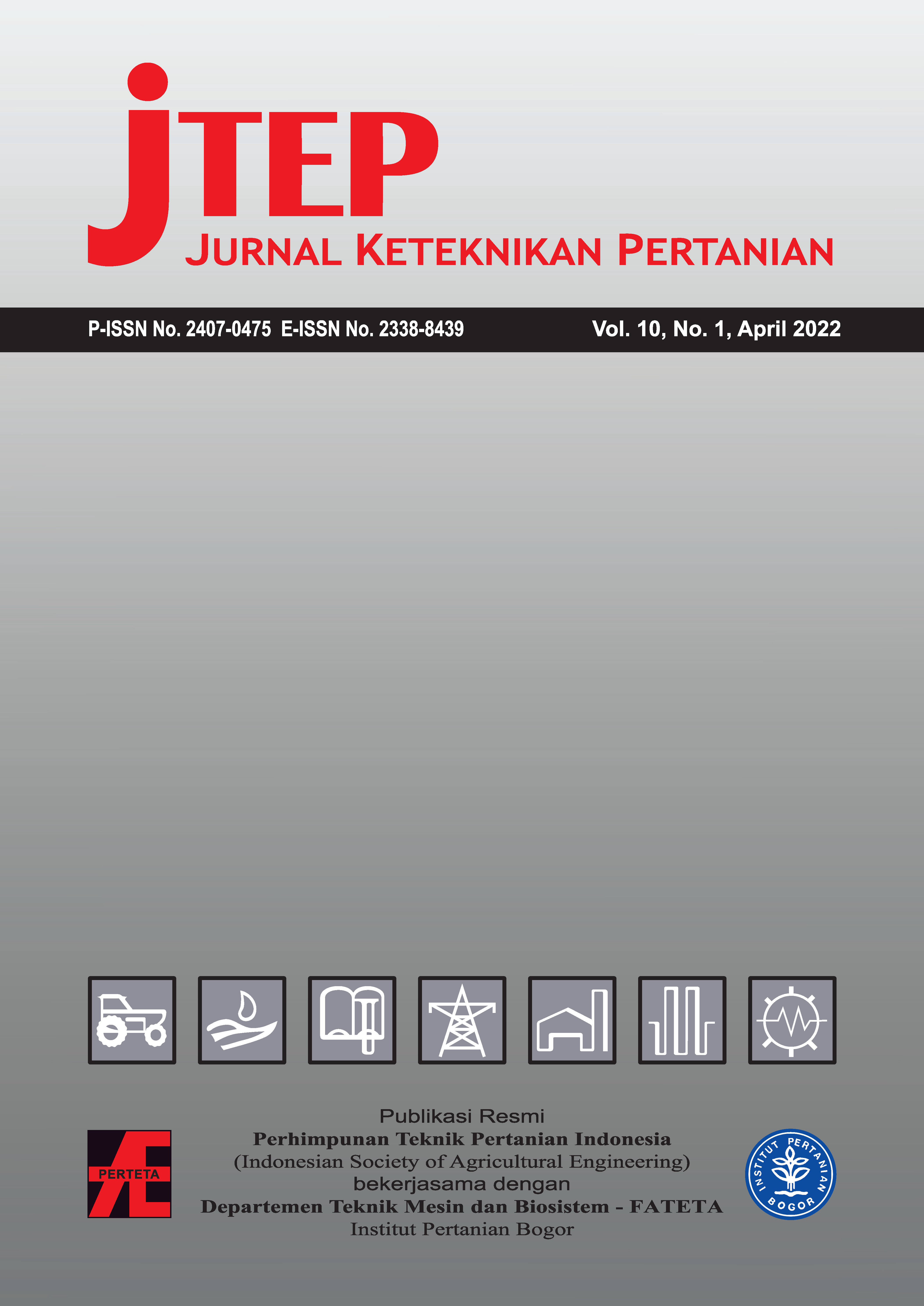Pengaruh Proses Torefaksi terhadap Kualitas Serbuk Kayu
Abstract
Sawdust has potential as a new renewable energy source; on the other hand, the utilization is still lacking due to some negative characteristics of sawdust i.e., the high oxygen content, low heat energy, and high moisture content. Torrefaction is a method that can improve the sawdust characteristics. Therefore, this research has aimed to analyze the influence of the torrefaction process on sawdust quality. The research method uses the experimental analysis with a batch-type reactor, which is influenced by temperature (260°C, 280°C, and 300°C), residence time (30 minutes), and torrefaction gas as an inert gas. The sawdust characteristics include heat energy, solid yield, energy yield, proximate and ultimate analysis became the critical data for determining the success of the torrefaction process. The research results explain that the torrefaction process at the temperature of 300°C is the optimal result. These conditions can reduce sawdust solid yield and energy yield by 63% and 84%, respectively; improve heat energy sawdust by 5350 kcal/kg (classified into sub-bituminous coal category); increase fixed carbon by 33.35%; reduce volatile matter by 60.97%; reduce oxygen and hydrogen amount by 34.37% and 5.72%, respectively. The sawdust from the torrefaction process can be an alternative biofuel.
Authors

This work is licensed under a Creative Commons Attribution 4.0 International License.
Authors submitting manuscripts should understand and agree that copyright of manuscripts of the article shall be assigned/transferred to Jurnal Keteknikan Pertanian. This work is licensed under a Creative Commons Attribution-ShareAlike 4.0 International License (CC BY-SA) where Authors and Readers can copy and redistribute the material in any medium or format, as well as remix, transform, and build upon the material for any purpose, but they must give appropriate credit (cite to the article or content), provide a link to the license, and indicate if changes were made. If you remix, transform, or build upon the material, you must distribute your contributions under the same license as the original.

